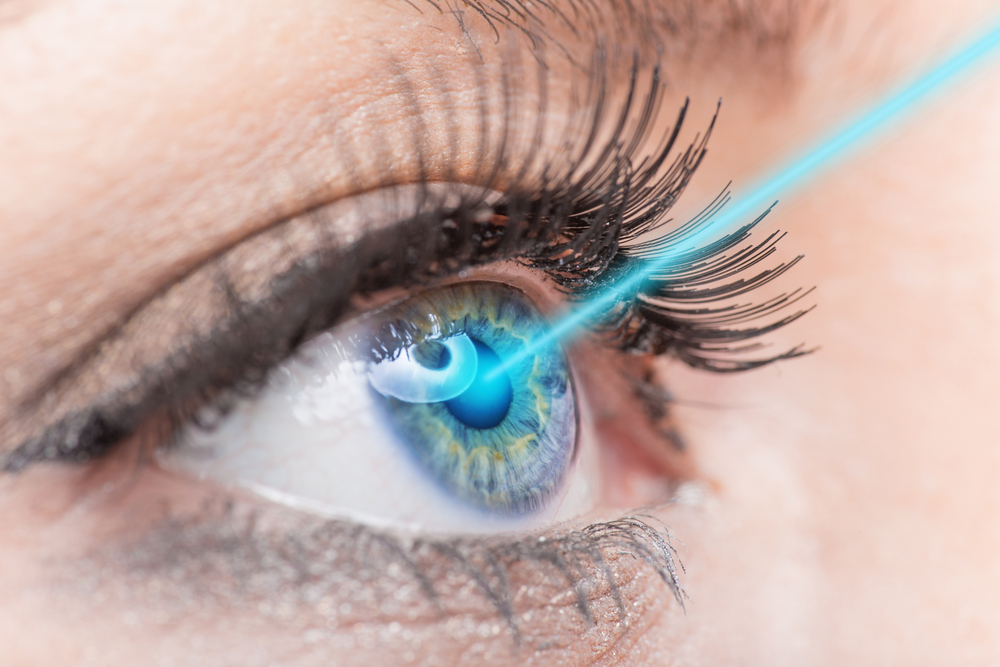World Hepatitis Day 2024
A Silent Threat, It Is Time to Action
The World Health Organization has designated July 28th as World Hepatitis Day to raise awareness about this disease, encourage vaccination, promote early diagnosis, and facilitate effective treatment for hepatitis. Early detection of hepatitis is crucial as prompt treatment can prevent the disease from progressing to cirrhosis or liver cancer.

The World Health Organization (WHO) has designated July 28th as World Hepatitis Day to raise global awareness about hepatitis, a group of infectious liver diseases. The day aims to encourage vaccination, promote early diagnosis, and facilitate effective treatment.
Early detection of hepatitis is crucial as prompt treatment can prevent the disease from progressing to cirrhosis or liver cancer. The ultimate goal is to reduce new hepatitis cases by 90% and hepatitis-related deaths by 65% by 2030. Reflecting this ambition, the WHO's slogan for 2024 is "It's time to action."
What is Hepatitis?
Hepatitis is the inflammation of the liver. This inflammation can be caused by viruses, chemicals, medications, or certain autoimmune diseases. The most common types of hepatitis are viral hepatitis caused by the hepatitis A, B, and C viruses.
Consequences of Hepatitis
The widespread prevalence of hepatitis can impose a significant economic burden on governments and communities. The high costs associated with treatment and the decreased productivity of the workforce can negatively impact a country's economic growth. Furthermore, individuals living with hepatitis may face long-term health problems and a reduced quality of life.
Transmission of Hepatitis
Hepatitis A: Transmitted through contaminated food or water, or direct contact with an infected person.
Hepatitis B: Transmitted through contact with infected blood or bodily fluids, such as unprotected sex or sharing needles.
Hepatitis C: Primarily transmitted through contact with infected blood, such as injecting drugs with contaminated needles or receiving contaminated blood products.
Symptoms of Hepatitis
While symptoms can vary, common signs of hepatitis include:
Extreme fatigue
Loss of appetite
Nausea and vomiting
Abdominal pain
Jaundice (yellowing of the skin and eyes)
Dark urine
Pale stools
Prevention and Treatment
To combat hepatitis:
Vaccination: Effective vaccines are available for hepatitis A and B.
Testing: Regular testing for early detection.
Safe behaviors: Practicing good hygiene, using condoms, and avoiding sharing needles.
Education: Raising public awareness.
Support: Providing support for those living with hepatitis.
Treatment for hepatitis depends on the specific virus and stage of the disease. While some cases resolve on their own, antiviral medications are available for hepatitis B and C.
Conclusion
Despite the challenges, the future of the fight against hepatitis is promising. Advancements in diagnosis, treatment, the development of new vaccines, and increased public awareness are all contributing to improving the lives of those affected by hepatitis. With global cooperation and investment, we can significantly reduce the burden of hepatitis by 2030.
who.int
cdc.gov

 PRK Surgery and Post-Operative Care
PRK Surgery and Post-Operative Care
comment